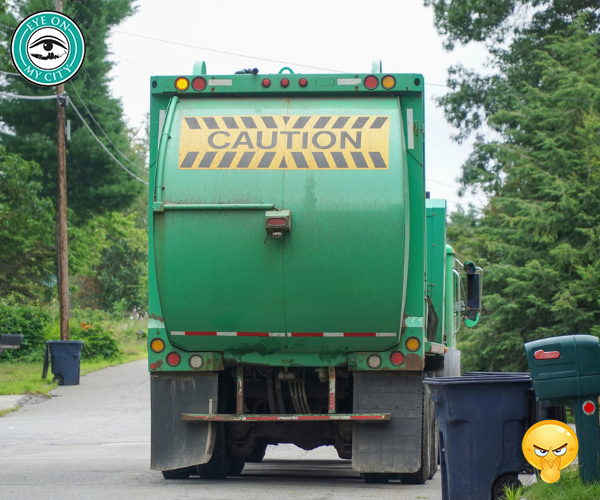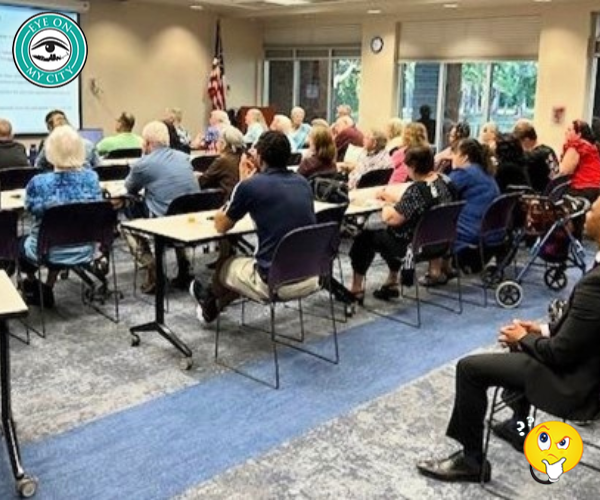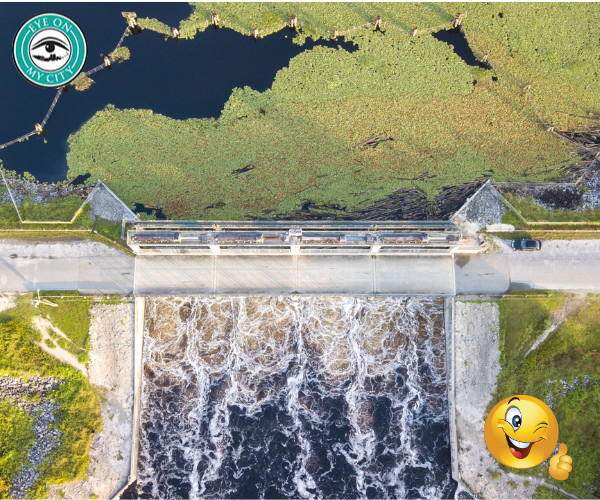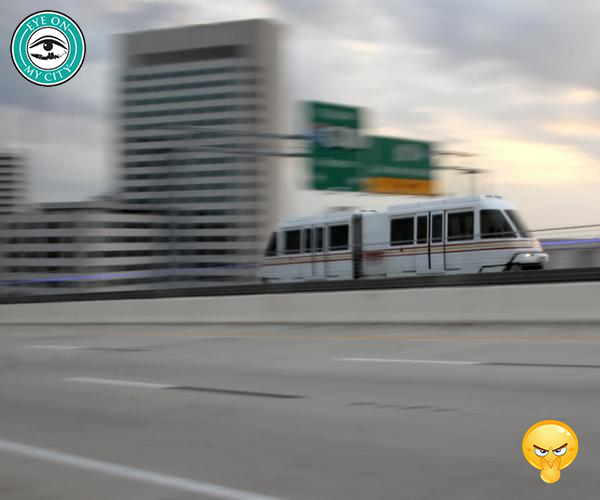
Public schools in Jacksonville are aging and many need to be replaced.
But politicians don’t sock away money for contingencies. If they have money, they spend it.
So, the School Board needs $1.95 billion and doesn’t have it.
Options are few. They boil down to impact fees or bond issues approved by the public.
Fortunately for local taxpayers, impact fees are unlikely. The city is so built out that there is little meat on that bone.
Impact fees are politically popular for the same reason any tax on businesses is popular: The cost hits the taxpayer indirectly.
Impact fees increase the cost of housing. Substantially.
Liberal newspaper editorial writers who constantly demand “affordable housing” also whoop it up for impact fees, which make housing less affordable. The same applies to land use regulations, like greenbelts.
The media constantly repeats the dubious claim that “growth doesn’t pay for itself.” Actually, it does.
As soon as someone moves into a house he starts paying property taxes, sales taxes and all the other items in an array of taxes that finance government operations.
Impact fees also are a double whammy. They increase the initial cost of the house, and the subsequent property tax bills.
Politicians love them.
In St. Johns County, not only are politicians raking in dough from impact fees, they also persuaded votes to approve a 1/2-cent sales tax in 2015 by poor-mouthing about the stingy politicians in Tallahassee. The two sources produce $30 million a year.
Statewide, impact fees are diminishing from a high in 2006 but the average impact fee in Florida was $7,660 in 2015.
All but about 25 percent of cities and counties in Florida levy impact fees. Duval is not one. Therefore, the School Board probably would have to ask voters to approve a ½-cent sales tax to finance the building of 30 new schools it says are needed. That could finance a bond issue to speed up the process.
Some are offering the dubious argument that new schools would improve education but it is more of an economic equation. When maintenance costs on an old building are more than the cost of a new one, it makes sense to get a new building.
Some schools are ancient. Fishweir Elementary, which I attended, was built in 1917.
Public hearings are being held this week and next, and the final plan may be voted on in May.








